Reusable Packaging: Business Model or Marketing Gimmick?
As sustainability concerns grow, reusable packaging systems have emerged as potential solutions to single-use waste. Yet questions persist about whether these systems represent viable business models or simply serve as marketing tactics to appeal to eco-conscious consumers. This analysis examines the economic, environmental, and practical considerations of reusable packaging to determine its true value proposition.
Reusable Packaging Landscape: Current Market Overview
Reusable packaging spans multiple formats, from durable containers designed for repeated consumer use to industrial transport systems that cycle between businesses. The market has expanded beyond early adopters like Loop (TerraCycle) and now includes major brands implementing their own return systems.
According to closed-loop packaging research, successful reusable systems typically share key characteristics: durability, ease of cleaning, standardized designs, and efficient reverse logistics. The infrastructure supporting these systems has matured significantly, with specialized washing facilities and tracking technologies becoming more accessible.
Business Model Analysis: The Economics of Reuse
Initial Investment vs. Long-Term Returns
The upfront costs of reusable packaging systems are undeniably higher than single-use alternatives. Durable materials, sophisticated design features like specialized closure mechanisms that maintain both security and reusability, and tracking systems require significant capital investment. However, the long-term economics can be favorable when certain conditions are met:
- Sufficient return rates (typically 80%+ for profitability)
- Multiple use cycles (minimum 5-10 reuses to offset production impacts)
- Efficient reverse logistics to minimize transportation costs
- Streamlined cleaning and processing operations
As explored in this ROI analysis, brands that achieve these benchmarks can realize cost advantages over time, particularly as material prices for virgin packaging continue to rise.
Consumer Adoption Challenges and Solutions
Consumer participation remains the most significant hurdle for reusable packaging systems. The convenience factor of simply discarding packaging rather than cleaning and returning it cannot be underestimated. Successful programs address this through:
Refill stations offer one solution by allowing consumers to bring containers directly to retail locations. This model eliminates shipping logistics but limits product variety and accessibility. Deposit systems provide financial incentives for returns but add complexity to pricing and accounting systems.
Implementation Strategies for Brands
Pilot Programs and Scaling Considerations
Most successful reusable packaging initiatives begin with limited pilots in specific markets or product categories. This approach allows brands to test consumer response, refine logistics, and calculate actual return rates before major investment.
As detailed in this implementation guide, brands should consider:
- Product compatibility (stability through multiple use cycles)
- Geographic density (urban areas typically yield better returns)
- Consumer demographics (alignment with sustainability values)
- Existing infrastructure (partnerships with collection systems)
Scaling requires standardization across products and potentially across brands. Industry consortiums like the Reusable Packaging Association promote common standards that can reduce costs through shared infrastructure.
Sustainability Claims: Verification vs. Greenwashing
The environmental benefits of reusable packaging are not automatic and require verification through life cycle assessment (LCA). True sustainability depends on multiple factors:
Material selection matters significantly. As explored in this material comparison, durability requirements often necessitate thicker plastics or glass, which have higher production impacts that must be offset through multiple uses.
Transportation impacts can undermine benefits if reverse logistics are inefficient. Local processing facilities become essential for positive environmental outcomes. Water and energy use in cleaning processes must also be optimized to maintain sustainability credentials.
The Future of Reusable Systems: Innovation and Integration
The viability of reusable packaging as a business model rather than a marketing tactic ultimately depends on continued innovation and system integration. Emerging technologies and approaches are addressing current limitations:
- Material innovations reducing weight while maintaining durability
- Digital tracking systems improving return rates and reducing losses
- Standardized formats enabling cross-brand compatibility
- Integration with existing retail and e-commerce infrastructure
The most promising developments combine reusable packaging with broader circular economy initiatives. When reuse systems connect with zero-waste strategies and mono-material design, they create comprehensive solutions rather than isolated sustainability efforts.
For brands considering implementation, the distinction between genuine business model and marketing gimmick lies in commitment to system optimization rather than superficial sustainability claims. Those who invest in robust infrastructure, consumer education, and continuous improvement can transform reusable packaging from an expensive green credential into a competitive advantage with genuine environmental benefits.


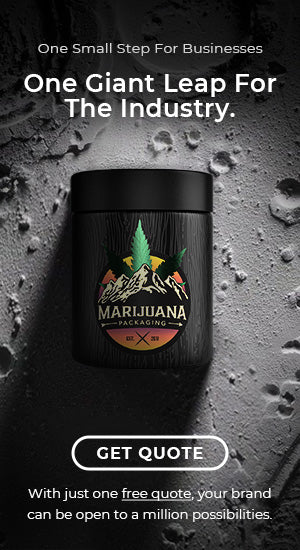
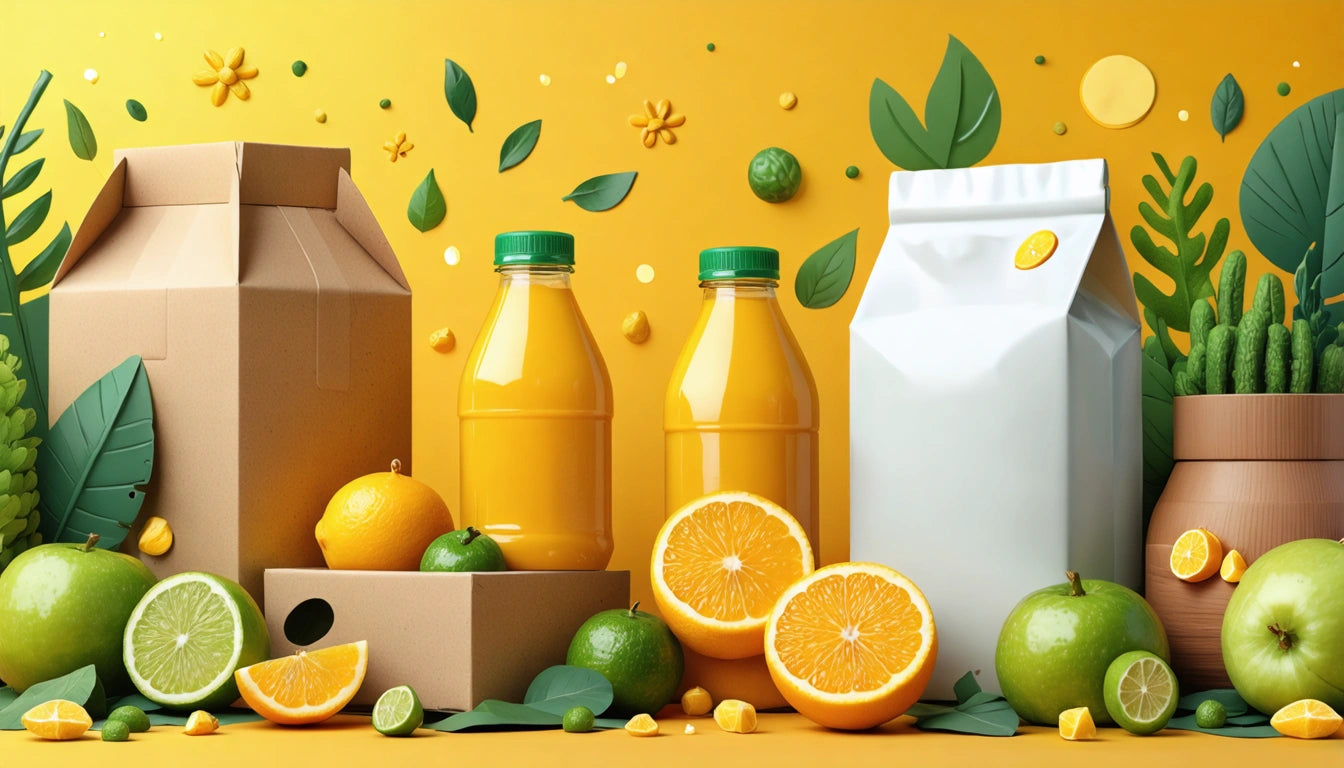


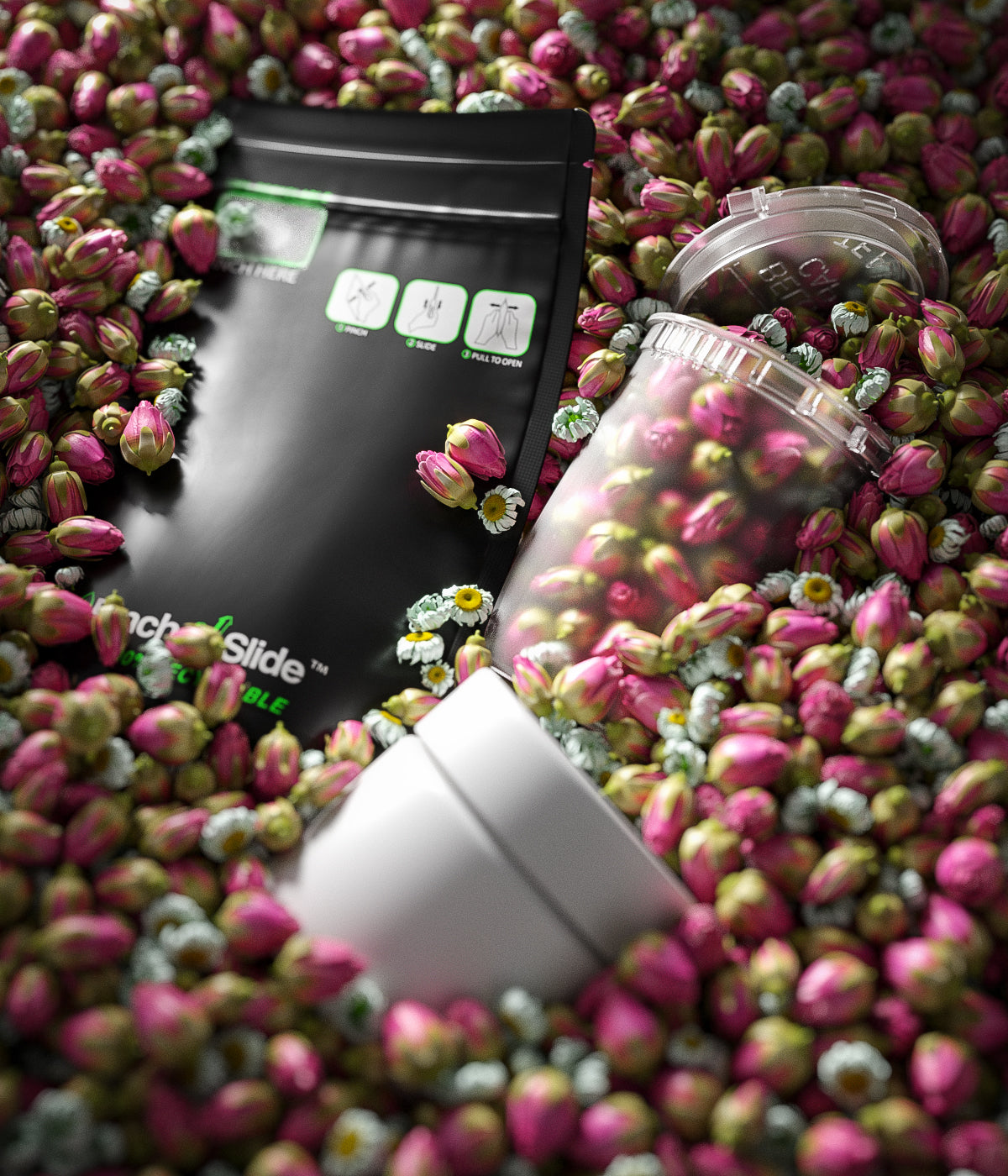

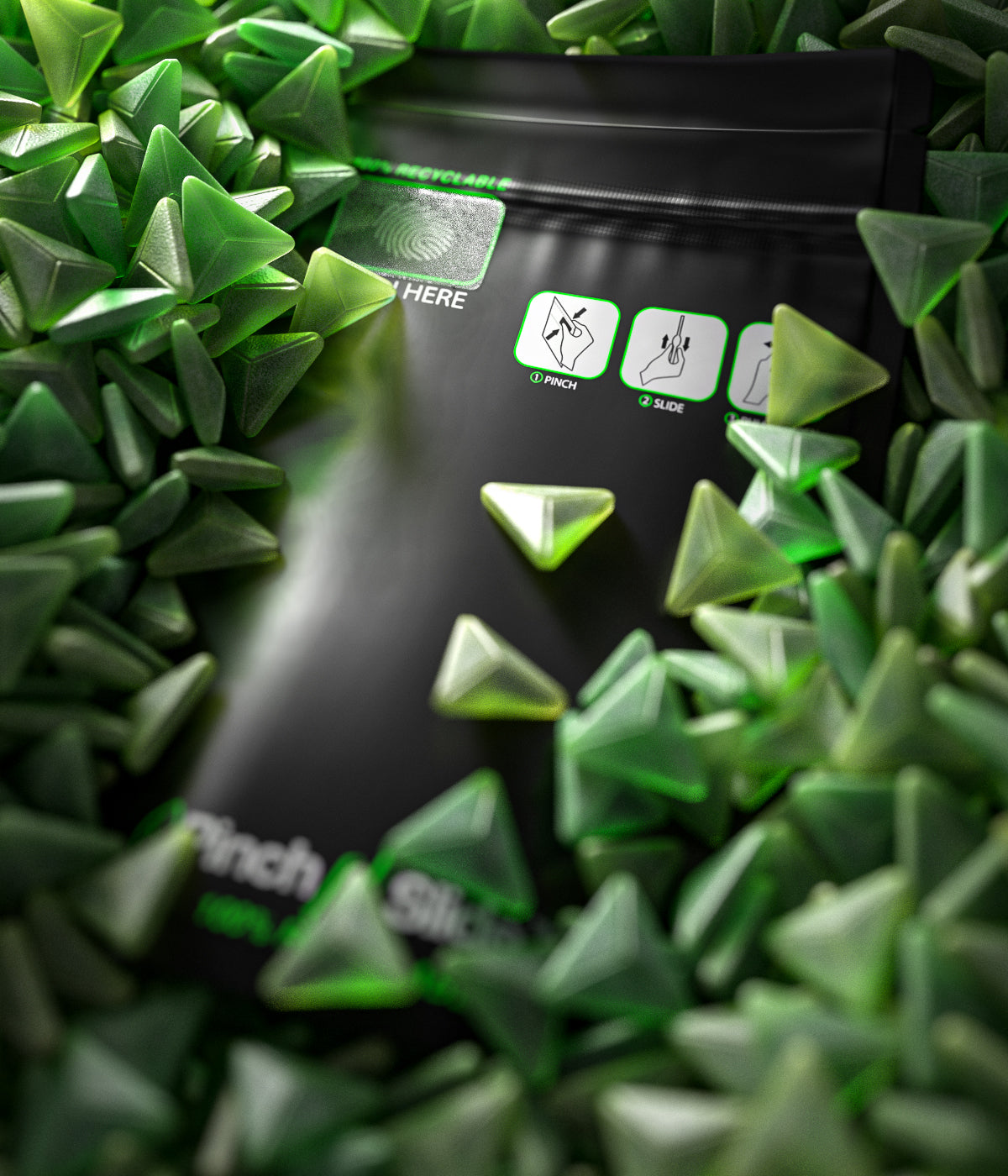

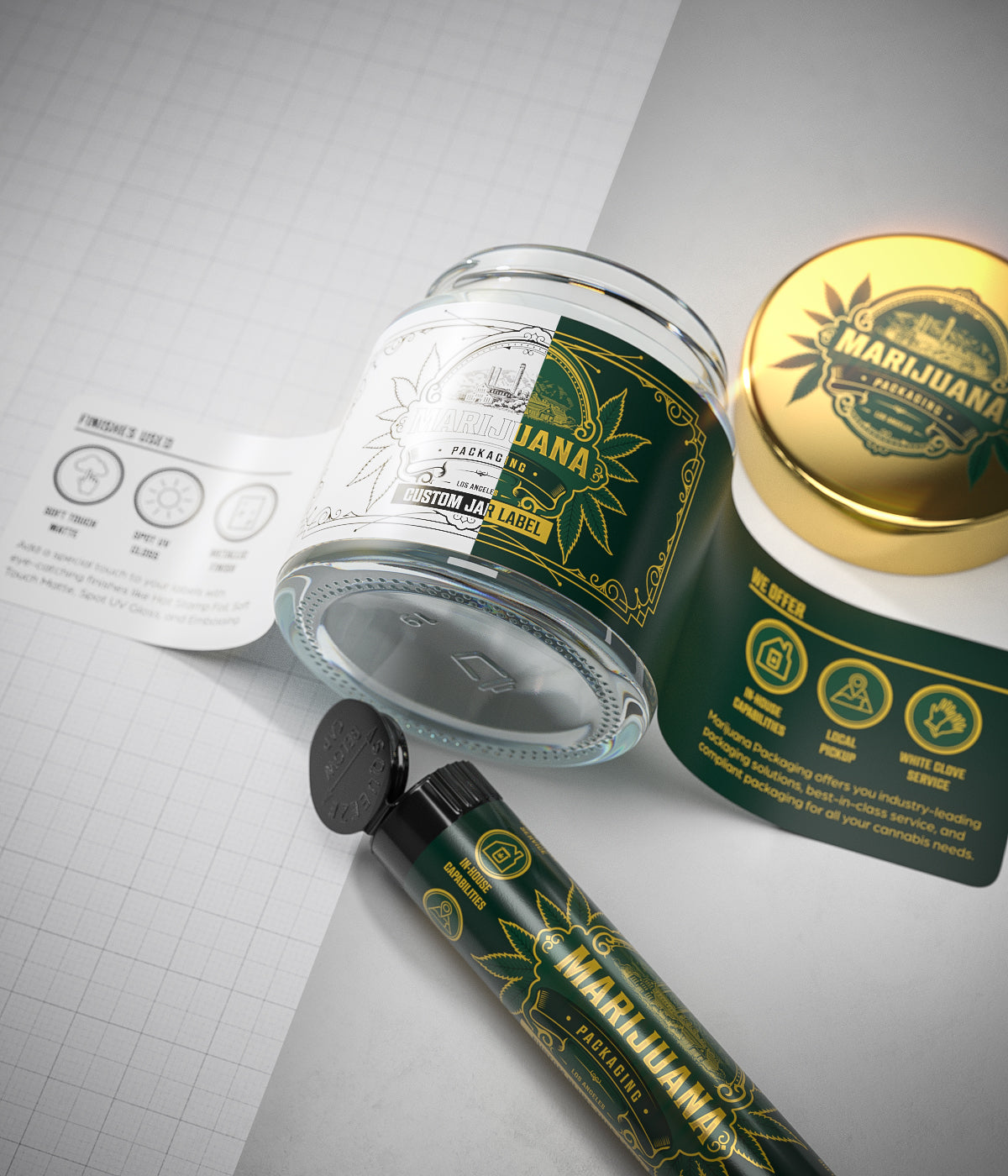
Leave a comment
All comments are moderated before being published.
This site is protected by hCaptcha and the hCaptcha Privacy Policy and Terms of Service apply.